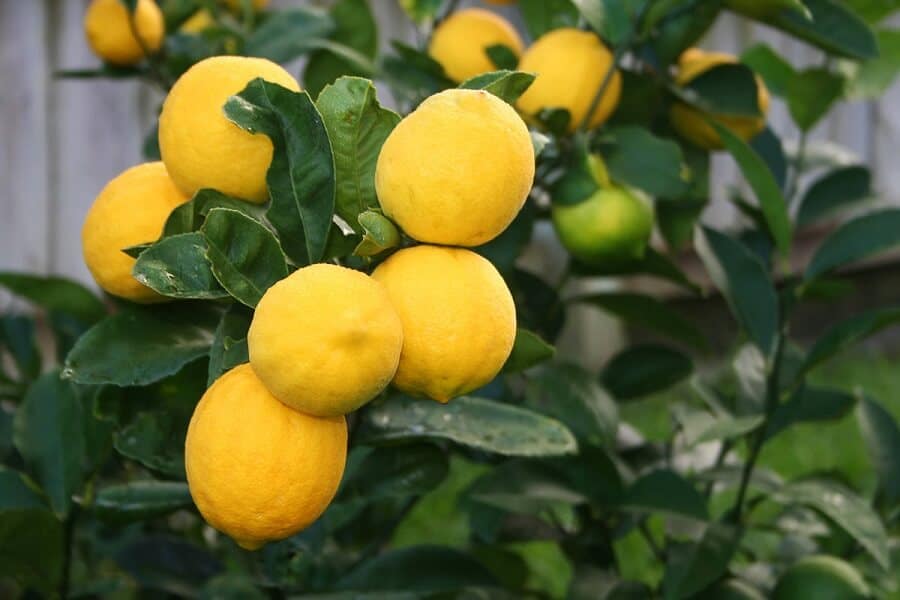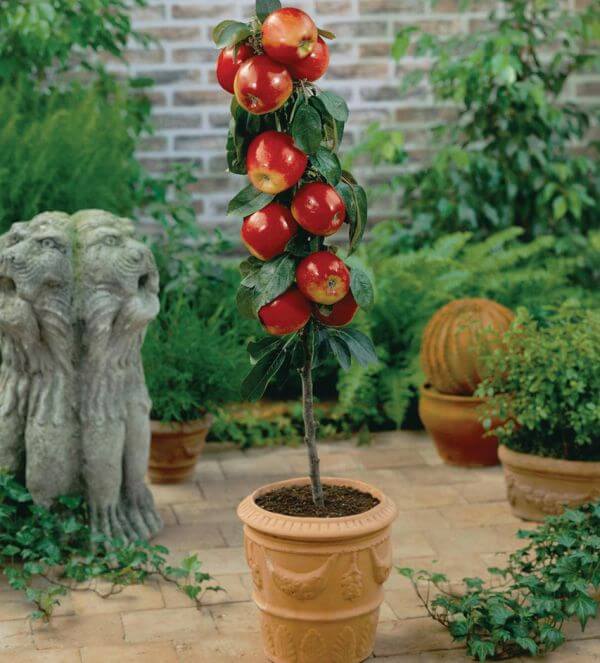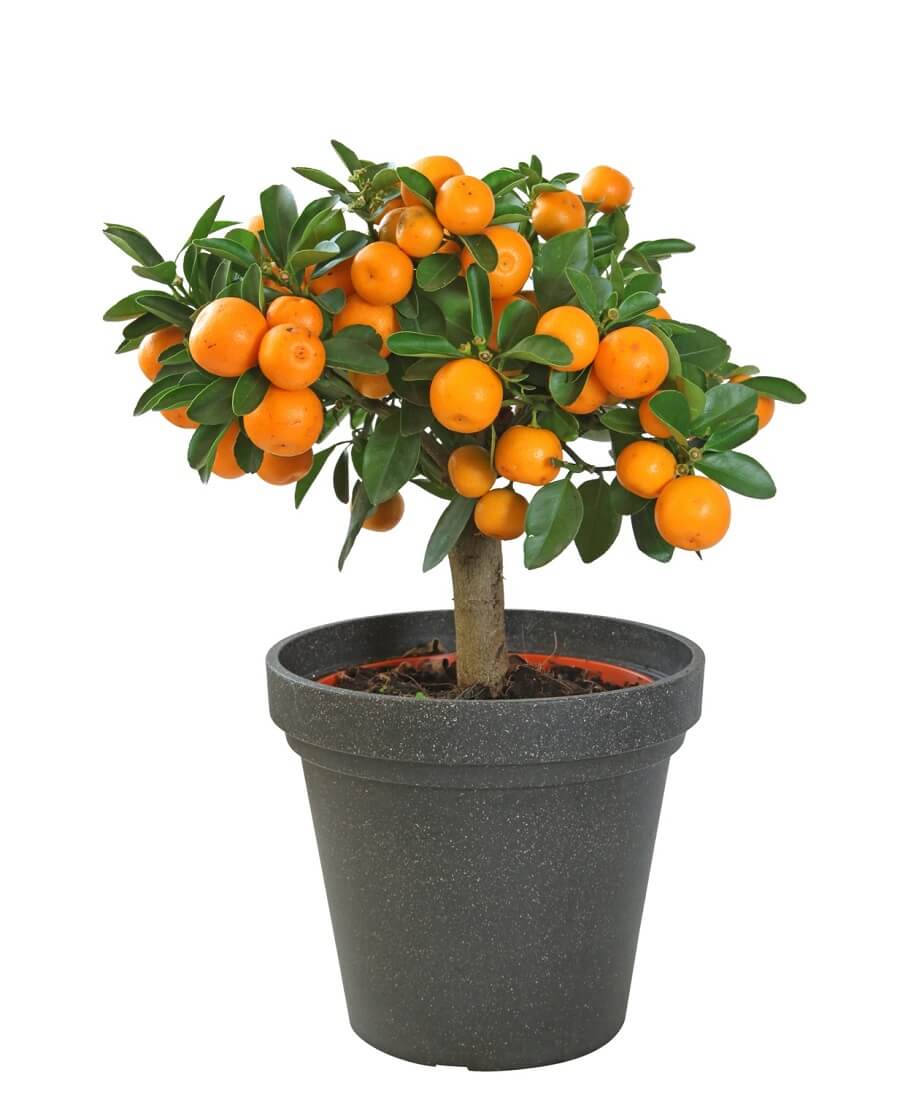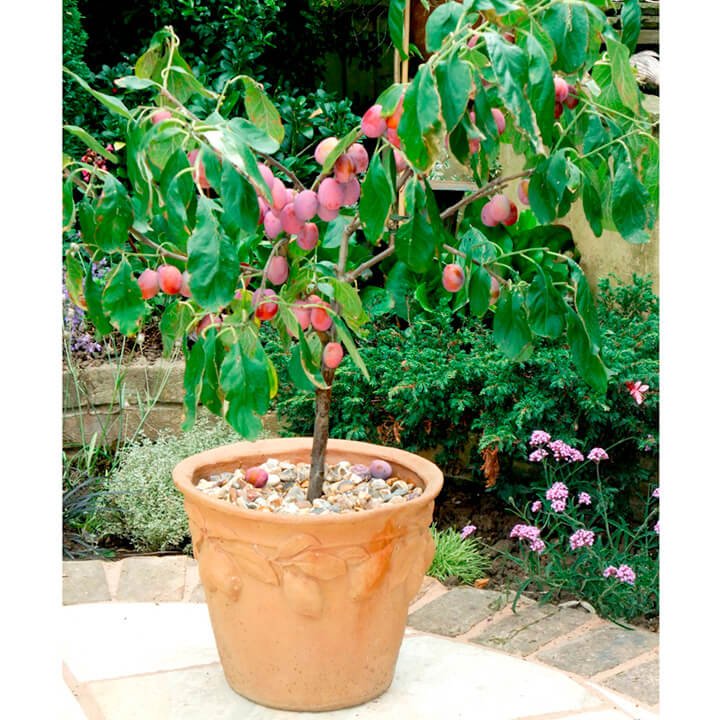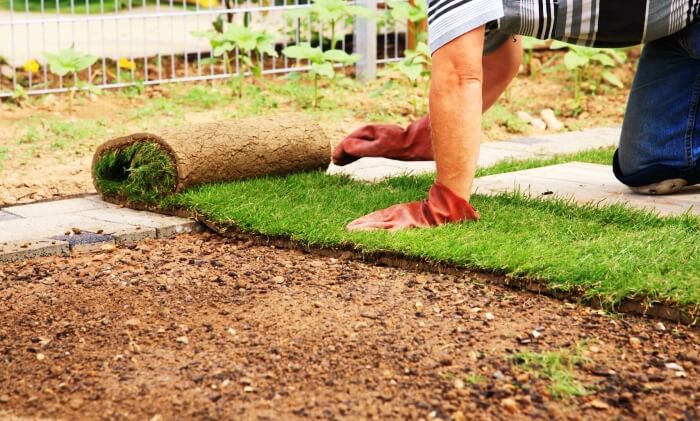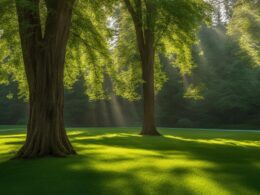If you don’t have that much space in your garden, or if you want to grow plants on your balcony, there are many options that you can choose from, even regarding trees. For instance, if you want to grow a fruit tree, you can choose among the many dwarf fruit trees out there. Because we want to help you make a decision that suits your needs, we decided to create a list of 6 dwarf fruit trees you can grow in a miniature garden. Let’s see what makes them so special!
6 Dwarf Fruit Trees for a Miniature Garden
1. Dwarf Apple Trees
Everyone loves a good apple tree, whether it’s regular-sized or miniature-sized. If you’d like to grow apples in your garden, but space doesn’t allow you to plant a large apple tree, you can always go for the many dwarf apple tree varieties on the market. Dwarf apple trees come from standard apple trees grafted onto a dwarfing rootstock. They grow up to 12 feet tall, and you can grow them in USDA hardiness zones 3 through 9.
Before choosing the right variety of dwarf apple tree, you should know that you have to allow most varieties between 7 and 9 weeks to chill to break dormancy. Moreover, Apple trees don’t self-pollinate, which means you’ll have to plant two varieties to make sure they pollinate each other.
Now, as we’ve mentioned, there are multiple varieties of dwarf apple trees you can choose from, especially varieties that work well in coastal regions. Some examples would be “Yellow Delicious,” “Fuji,” “Mitsu,” “Gala,” and “Jonamac.” If you live in a foggy coastal region that’s usually damp, you should choose a variety that’s resistant to diseases, such as “Liberty” or “Enterprise.” For extremely warm regions, the best variety is “Beverly Hills.”
2. Dwarf Peach Trees
Peach trees are another dwarf fruit tree variety that you can grow in a small garden. As opposed to dwarf apple trees, peach trees need only 5 weeks of chilling before you can plant them. They also enjoy hot climates, so they’re perfect for people who live in areas where the summers are extremely warm. In fact, if the climate is cool and the springs are wet, your peach trees won’t develop properly. Why? Because these conditions don’t allow the blossoms to pollinate. If you live in a warm inland area, you can successfully grow a dwarf peach tree.
Interestingly enough, as opposed to dwarf apple trees, which need to be grafted onto a dwarfing rootstock, dwarf peach trees are naturally this small. In fact, they’re rarely taller than 12 feet. They thrive in USDA hardiness zones 5 through 9, and they’re not so lasting as apple trees. This means you’ll have to replace them in 15 to 20 years. However, they are self-pollinating, so you don’t need two different varieties for pollination. Finally, a couple of the best dwarf peach tree varieties are “Babcock,” “Autumn Gold,” and “California Curl-Free.”
3. Dwarf Pear Trees
The next type of dwarf fruit trees we’ll discuss today are dwarf pear trees. The first thing you should know about them is that they’re similar to apple trees. For instance, they too require about 9 weeks to chill before you can plant them. Moreover, you’re going to need to plant two different types of trees, because dwarf pear trees aren’t self-pollinating either. Another similarity between the two is that dwarf pear trees are also grafted onto a dwarfing rootstock because otherwise, they would grow as tall as 30 feet.
Unlike other dwarf fruits trees, pear trees tolerate wet conditions better, so you can plant them in places with high humidity. However, they also struggle more with insects and diseases, which you should be aware of before choosing a dwarf pear tree variety. Speaking of varieties, the one best suitable for the area in which you live depends on the climate of that area. For the typical home garden in a moderate climate, choose between “Bosc,” “Bartlett,” and “D’Anjou.” For a warmer climate, the best choices are “Kieffer” or “Baldwin,” because they’re low-chill varieties.
4. Dwarf Citrus Trees
While having a citrus tree in your garden or backyard is something many gardeners crave, this is not as easy as it seems. As opposed to the other dwarf fruit trees we’ve discussed up until now, dwarf citrus trees require special growing conditions. For example, you can only grow them in USDA hardiness zones 9 to 10, which limits the area in which you can successfully plant such trees. Still, this also depends on the type of citrus tree you want to grow. While limes, grapefruits, and lemons are more sensitive to cold, oranges can tolerate it better. In fact, they can even tolerate a bit of frost.
Dwarf citrus trees also need to be grafted, more specifically onto a “Flying Dragon” rootstock. They’re also self-pollinating, so you won’t have to plant two different varieties to ensure pollination. If you want to grow a dwarf citrus tree, but you live in USDA hardiness zone 8, you have two options. You can grow either an orange or a lemon tree, with the condition that you grow it in a container. Then, when the weather gets too cold, more specifically below 32 degrees Fahrenheit, move the container indoors. Regarding the best dwarf citrus tree varieties you can grow outside, provided you live in USDA hardness zones 9 to 10, we recommend the “Meyer” lemon variety or the “Washington” naval orange one.
5. Dwarf Cherry Trees
Cherries are undoubtedly delicious, and growing a cherry tree in your garden, even if it is a dwarf one, means you’ll get to enjoy their flavorful taste all summer long. You’ll also be happy to know that dwarf cherry trees are self-pollinating, so one tree is enough to ensure a successful yield. In fact, most cherry trees grow plenty of fruits. The only thing we urge you to pay attention to are the birds that could potentially damage the yield. When the cherries are ripe, you might have to use netting to protect them from hungry birds. Even so, once the tree is fully established, it will provide you with many blooms and fruits.
Cherry trees require you to graft them onto a dwarfing rootstock. Still, you can also grow them against a wall in the shape of a fan. Just keep in mind that the wall should be warm if you want the tree to develop. Some really good dwarf cherry tree varieties are “Stella” and “Lapins.” If you can grow a cherry tree on a shady wall that faces north, we recommend an acid or Morello cherry tree. Grow these varieties as fans, and they’ll reward you with delicious cherries that are great for cooking purposes, especially for tarts. For a great cherry tart recipe, make sure to watch the clip below.
6. Dwarf Plum Trees
If you’re looking for dwarf fruit trees that are extremely low-maintenance, plum trees are one of the best options you have. They don’t ask for a lot, yet they deliver a rich yield, which is more than you can ask for in a dwarf fruit tree. You only need to prune it a bit, but this is not something that takes a lot of time and effort. You have to do it in summer because otherwise, you run the risk of your tree getting infected by fungal diseases. Most dwarf plum tree varieties are also self-pollinating.
To ensure they’ll provide you with plenty of fruits, you have to thin out the developing ones. Yes, that’s right, these trees produce more fruits than they can carry. If you allow them to grow as many fruits as they can, you’ll enjoy an extremely successful yield that year, but a rather poor one next year. If you want the yields to be balanced, make sure all the fruits are thinned out. The best time for thinning out dwarf plum fruits is midsummer. That’s because, at that time, the fruits are about 2 inches apart.
You can grow a dwarf plum tree the same way you grow a dwarf cherry tree, which means you have two options. The first one is to grow it onto a dwarfing rootstock, while the second one implies growing it as a fan. Regarding the best dwarf plum tree variety you can grow, we suggest the greengages because they’re incredibly sweet and have a great buttery texture.
Summing It All Up
Do you usually consume a lot of fruits? Are you tired of buying said fruits at the supermarket and paying a lot of money for them? We hope today’s guide to some of the best dwarf fruit trees you can plant has managed to provide you with a nice alternative to buying fruits. Another amazing benefit of growing dwarf trees is that they don’t take up a lot of space. That means you can grow them in a small garden, as well as in containers indoors, or on a balcony. Either way, you’ll be able to enjoy delicious and natural fruits that you can eat as such or use for different recipes.





